Why Schools & Colleges in the UK Need Regular Radon Testing
- Radon Protection UK

- Nov 5
- 8 min read
Updated: Nov 14
Radon is a naturally occurring radioactive gas that poses significant health risks in schools and colleges across the UK. Schools face unique challenges with radon exposure due to extended occupancy hours, large numbers of vulnerable children, and complex building structures that can trap and concentrate radon gas. Regular radon testing in schools UK has become a critical safety requirement, with legal obligations under workplace health and safety legislation requiring comprehensive risk assessments and monitoring programmes.
The importance of this issue was highlighted in 2023 when Kingswood School in Somerset was fined £50,000 after exposing pupils and staff to radon levels up to 14 times the legal limit.
What Makes Schools More Vulnerable to Radon Gas Exposure?
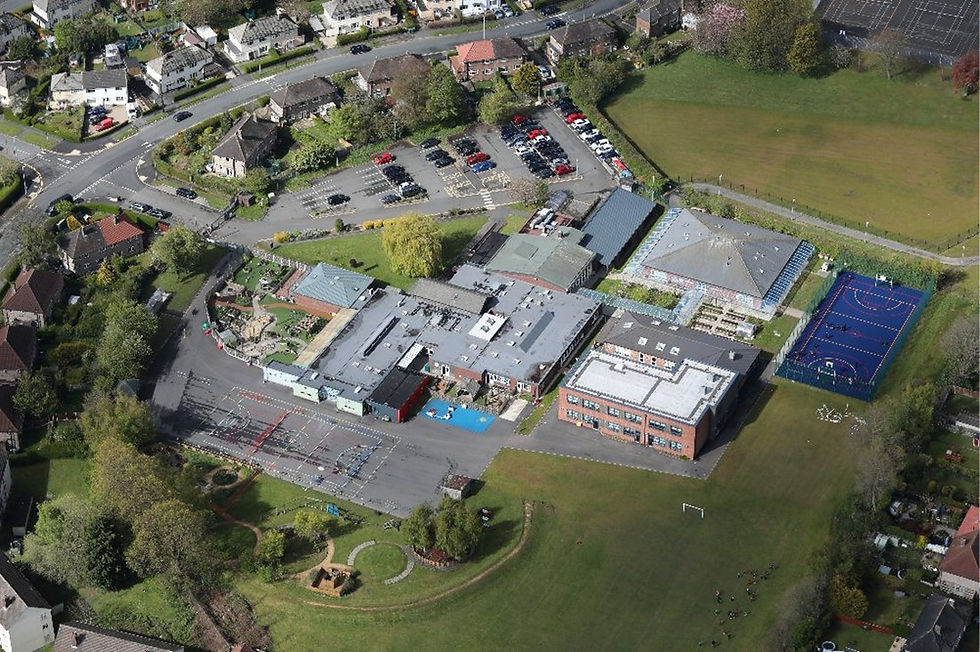
Schools present unique radon exposure risks due to extended occupancy periods, vulnerable populations, and complex building characteristics that can trap and concentrate radon gas. Children spend substantial time in educational environments, representing significant exposure periods that far exceed typical adult workplace scenarios. This extended occupancy substantially increases cumulative exposure compared to other indoor environments.
School buildings often contain features that increase radon accumulation risk. Ground floor classrooms and regularly used basement areas are particularly susceptible due to direct ground contact where radon enters buildings. Many schools have limited ventilation systems, especially in older buildings, which can trap radon at elevated concentrations. Sports halls, dining areas, and large open spaces can develop particularly high radon levels due to their size and ventilation characteristics.
Building design factors that increase school vulnerability include suspended timber floors with inadequate underfloor ventilation, cavity walls providing radon entry routes, and settlement cracks in foundations. Energy efficiency improvements like double glazing and insulation can reduce natural ventilation, potentially allowing radon concentrations to build up to dangerous levels.
The complex nature of school premises often means radon levels vary significantly between different areas of the same site. Extensions, annexes, and buildings of different ages can have dramatically different radon concentrations, requiring comprehensive testing across all occupied areas.
Why Are Children More at Risk from Radon Exposure in Schools?
Children face heightened vulnerability to radon-induced health effects due to their developing respiratory systems, higher breathing rates, and longer potential exposure periods during critical growth phases. Research indicates that radon exposure during childhood may be even more dangerous than adult exposure, with studies investigating links between early-life radon exposure and increased lifetime cancer risks.
Physiological vulnerability factors make children particularly susceptible to radon's harmful effects. Their smaller lung capacity means they breathe more frequently, potentially inhaling more radon particles per body weight than adults. The UK Childhood Cancer Study investigated links between domestic radon exposure and childhood cancers, highlighting ongoing scientific concern about paediatric vulnerability to radon-induced health effects.
Children's longer life expectancy means they face extended periods during which radon-induced lung cancer could develop. With radon being the leading cause of lung cancer among non-smokers and contributing to over 1,100 lung cancer deaths annually in the UK, protecting children from school-based exposure becomes a critical public health priority.
The extensive research into childhood radon exposure has specifically identified this age group as requiring enhanced protection due to their developmental vulnerability. This scientific evidence supports the need for comprehensive radon testing in schools UK to protect these vulnerable populations.
What Legal Requirements Apply to Radon Testing in Schools and Colleges in the UK?
UK schools, colleges and academies must comply with comprehensive health and safety legislation requiring radon risk assessments, monitoring programmes, and mitigation measures when levels exceed regulatory thresholds. The Management of Health and Safety at Work Regulations 1999 require every employer, including schools, to make suitable and sufficient assessments of health and safety risks to employees and other people on site, such as students.
Primary legislation governing radon testing in schools UK includes several key requirements:
Schools in radon affected areas must conduct radon risk assessments
Properties with occupied basements require mandatory radon evaluation regardless of location
The Ionising Radiations Regulations 2017 (IRR17) apply when annual average radon levels exceed 300 Bq/m³ in any location
HSE notification is required when the 300 Bq/m³ threshold is exceeded
Mitigation measures must be implemented to reduce exposure levels
Enforcement reality has been demonstrated through HSE prosecutions, with the Health and Safety Executive maintaining specialist radiation inspectors who visit workplaces to ensure radon risk assessment compliance. The £50,000 fine imposed on Kingswood School serves as a clear warning that courts and HSE take regulatory failures extremely seriously.
Responsibility allocation varies depending on school type. Local authority-maintained schools fall under council responsibility, while academy schools, foundation schools, and voluntary aided schools place responsibility with governing bodies. Multi-academy trusts hold collective responsibility for their portfolio of schools.
The HSE strongly encourages school employers to recommend that staff living in radon affected areas test their own homes, extending the duty of care beyond the workplace. This comprehensive approach recognises that effective radon protection requires both workplace and domestic awareness.
How Should Schools Conduct Radon Testing Programmes?
Effective radon testing in schools UK requires systematic placement of monitors, appropriate testing durations, and comprehensive coverage of occupied areas to ensure accurate assessment. The UK Health Security Agency provides detailed guidance on implementing comprehensive school testing programmes using validated measurement techniques.
Monitor placement strategy follows established protocols for educational environments:
Ground floor rooms and regularly used accessible basements require testing
One monitor per 100m² (10m × 10m) of floor area provides adequate coverage
Large spaces like sports halls can use one monitor for up to 250m²
Ideal rooms include classrooms, offices, kitchens, gyms, and dining areas
Monitors should be positioned 1-2 metres above floor level at breathing height
Testing duration significantly affects accuracy, with three-month monitoring periods providing the most reliable annual average estimates. This extended timeframe accounts for seasonal radon variations and occupancy patterns specific to educational environments. Short-term screening tests may be appropriate for initial assessment but should be followed by longer-term confirmation testing.
Coverage requirements depend on school size and complexity. A typical combined primary school requires approximately 15 monitors, while large secondary schools may need up to 70 detectors to provide comprehensive coverage. Schools with multiple wings, annexes, or buildings of different construction types require testing in each distinct area.
Exclusion areas that can provide anomalous results include meter cupboards, locked storage areas, unoccupied rooms, corridors, garages, and ceiling voids. These locations don't represent genuine exposure risks for regular occupants.
What Actions Must Schools Take If Radon Levels Are High?
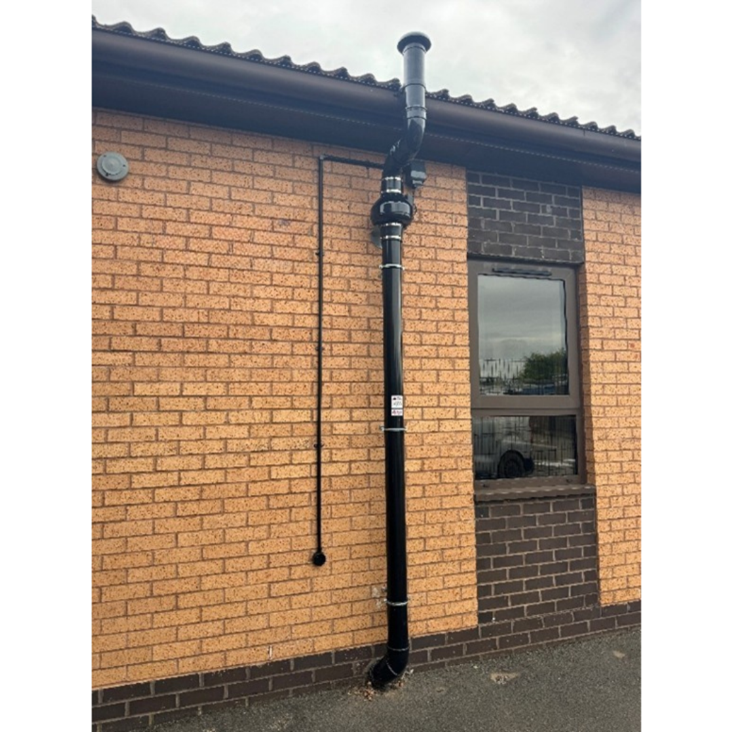
Schools exceeding the 300 Bq/m³ workplace action level must implement immediate mitigation measures, notify the HSE, and establish ongoing monitoring to protect occupants' health. The regulatory framework requires swift action to reduce exposure levels and ensure compliance with ionising radiation regulations.
Immediate notification requirements mandate that schools contact the HSE when radon levels exceed 300 Bq/m³ in any location. This notification triggers regulatory oversight and potential enforcement action if adequate remediation measures are not implemented promptly. The notification requirement applies to all workplace environments where annual average concentrations exceed the threshold.
Mitigation implementation must be undertaken using proven reduction techniques appropriate for educational environments. Installation typically costs several thousand pounds but provides long-term protection for school communities. Schools must continue radon measurements in previously elevated locations until effective mitigation has been achieved.
Expert consultation becomes essential when dealing with high radon levels. The UK Health Security Agency advises that schools need specialist guidance on IRR17 compliance when mitigation is required. Professional contractors experienced in educational environments can ensure system design meets both effectiveness and safety requirements specific to schools.
Post-mitigation monitoring requires annual radon testing to ensure reduction systems continue operating effectively. This ongoing requirement ensures long-term protection and regulatory compliance throughout the system's operational life.
Building modification triggers require retesting whenever major changes occur, such as new windows, heating systems, or extensions. These structural alterations can affect radon levels and may necessitate additional mitigation measures.
Which Radon Mitigation Systems Work Best in Schools?
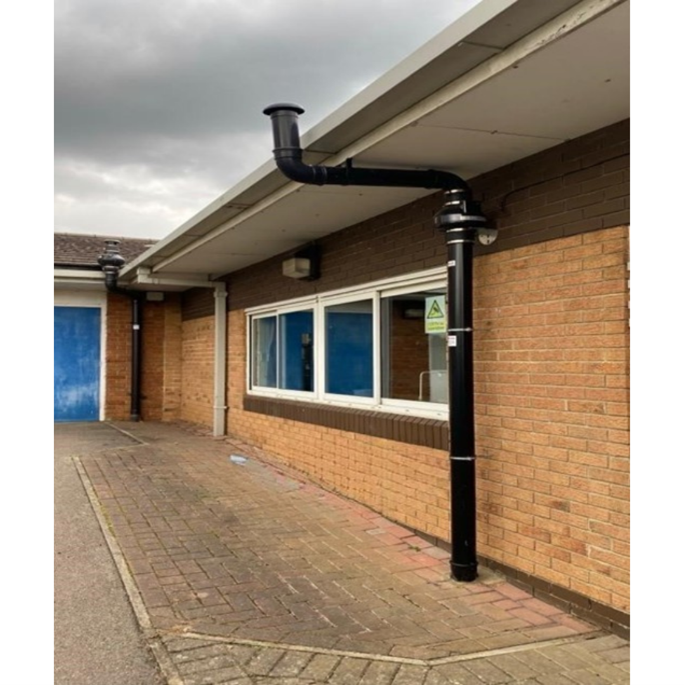
Schools can choose from various proven mitigation techniques, including radon sumps and Positive Input Ventilation systems, each offering specific advantages for educational environments. System selection depends on building characteristics, radon levels, and operational requirements specific to school settings.
Radon sump systems provide the most effective reduction method for most school buildings. Active sump installations involve creating a small void beneath solid floors with fan extraction to outside areas. These systems typically achieve reduction factors of 2-10 times, making them highly effective for most situations encountered in schools.
Positive Input Ventilation (PIV) systems offer particular advantages for school environments. PIV installation involves mounting a fan in loft spaces to gently blow filtered fresh air into the building, increasing internal air pressure and preventing radon entry. These systems work effectively for properties with radon levels up to 500 Bq/m³ and provide additional benefits including improved overall indoor air quality.
Combined approaches often prove most effective in complex school buildings. Multiple mitigation techniques can be used simultaneously to address elevated levels across different building areas with varying characteristics. This comprehensive approach ensures protection across diverse building zones.
Installation considerations for school environments require specialist expertise. Mitigation systems must be designed to place fans and electrical components out of reach of children while ensuring no noise disturbance in classroom environments. Professional installers experienced with educational settings understand these unique requirements.
Maintenance requirements include regular system inspections and annual performance testing to ensure continued effectiveness. Schools should establish maintenance schedules that align with holiday periods to minimise disruption to educational activities.
How Can Schools Maintain Effective Radon Testing Programmes?
Long-term radon management requires regular retesting schedules, system maintenance protocols, and ongoing communication with school communities about safety measures. Effective programmes balance regulatory compliance with practical educational environment needs.
Retesting schedules follow UK Health Security Agency recommendations for different scenarios. Schools with initially low results should review after approximately 10 years, while those with previously elevated levels require annual testing following mitigation installation. Major building modifications trigger immediate retesting requirements regardless of previous results.
Record keeping systems must maintain comprehensive documentation of all radon assessments, mitigation actions, and monitoring results. Schools should establish databases tracking radon levels across different areas and time periods to demonstrate ongoing compliance. Local authority radon safety management procedures provide examples of systematic record-keeping approaches.
Communication strategies help maintain awareness among school communities about radon safety measures. The UK Health Security Agency can assist schools with effective and sensitive communications about radon risks and protective measures. This includes providing information to parents, governors, and staff about ongoing safety protocols.
Professional support services offer comprehensive management solutions for schools requiring ongoing radon compliance. Specialist companies provide testing services ensuring appropriate detector placement, secure positioning, and laboratory analysis after three-month exposure periods.
Budget planning should account for regular testing costs, potential mitigation expenses, and system maintenance requirements. The UK Health Security Agency offers discounted rates for public sector organisations, helping schools manage testing costs effectively.
Training requirements ensure that facilities management staff understand radon safety responsibilities and can implement appropriate monitoring protocols. Regular staff training helps maintain institutional knowledge about radon management procedures even as personnel change.
For comprehensive radon testing programmes and professional mitigation solutions, contact Radon Protection UK at 0800 9788435. Our specialists provide expert guidance on regulatory compliance, testing strategies, and effective mitigation systems designed specifically for educational environments.
Frequently Asked Questions
How often should schools test for radon?
Schools in radon affected areas should conduct initial three-month testing, then retest after 10 years or following major building modifications. Annual testing is recommended after mitigation installation to ensure continued effectiveness.
What is the legal radon limit for UK schools?
UK schools must comply with workplace regulations setting the action level at 300 Bq/m³ annual average. The HSE requires notification and mitigation when this threshold is exceeded in any location.
How many radon detectors does a school need?
Typically 15 monitors for combined primary schools and up to 70 for large secondary schools. Use one detector per 100m² of ground floor and regularly used basement areas, with larger spaces like sports halls covering up to 250m². Many schools, colleges and academies choose to instruct a Radon Professional such as Radon Protection UK to calculate quantities, and strategically place detectors in situ and retrieve 3 months later.
Who is responsible for radon testing in schools?
School employers, including headteachers, governing bodies, academy trusts, and local authorities, hold legal responsibility for conducting radon risk assessments and implementing safety measures. Responsibility varies by school type and governance structure. Many schools, colleges and academies choose to instruct a Radon Professional such as Radon Protection UK to calculate quantities, and strategically place detectors in situ and retrieve 3 months later.
How much does radon testing cost for schools?
Radon testing costs vary by school size, but the UK Health Security Agency offers discounted rates for public sector organisations to help manage testing expenses. Professional testing services provide comprehensive coverage appropriate for educational environments. Many schools prefer to instruct a Radon Professional such as Radon Protection UK to strategically place detectors throughout the building. Radon Protection UK offer a 'place and retrieve' service.
REFERENCES & SOURCES
https://www.ukradon.org/cms/assets/gfx/content/resource_2759cs35c5a2cb36.pdf
https://radonova.co.uk/radon-testing-in-schools-a-back-to-school-guide/
https://www.ukradon.org/cms/assets/gfx/content/resource_4430csce052ea95d.pdf
https://www.brownejacobson.com/insights/school-estate-and-workplace-risk-is-radon-on-your-radar
https://ionactive.co.uk/resource-hub/guidance/irr17-3-application
https://www.gov.uk/guidance/good-estate-management-for-schools/health-and-safety
https://researchonline.lshtm.ac.uk/id/eprint/15765/1/86-6600276a.pdf
https://www.ukradon.org/cms/assets/gfx/content/resource_2726csb1c00bcd4b.pdf
#radontestinginschoolsUK #radoninschools #schoolsafetyUK #radongasUK #radonmitigation #RadonProtectionUK #radonexposurerisks #radonregulations #radontestingprogramme #radonhealthrisks #schoolradontesting #radonsump #positiveInputVentilation #HSEcompliance #educationsafety #radonawareness #schoolhealthandsafety #radonriskassessment #schoolgovernors #localauthorityradon



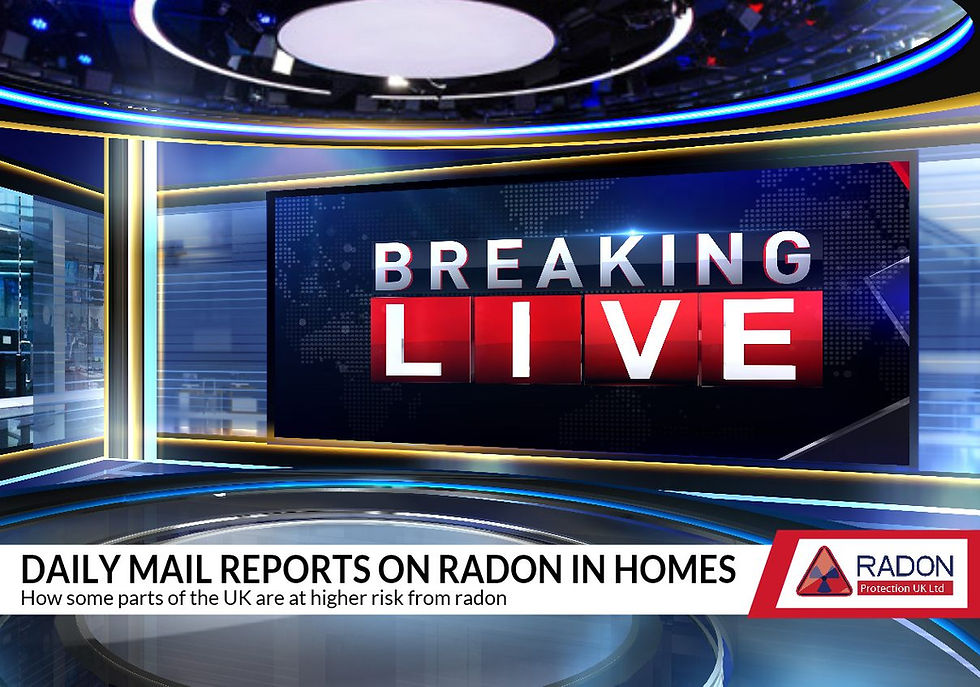
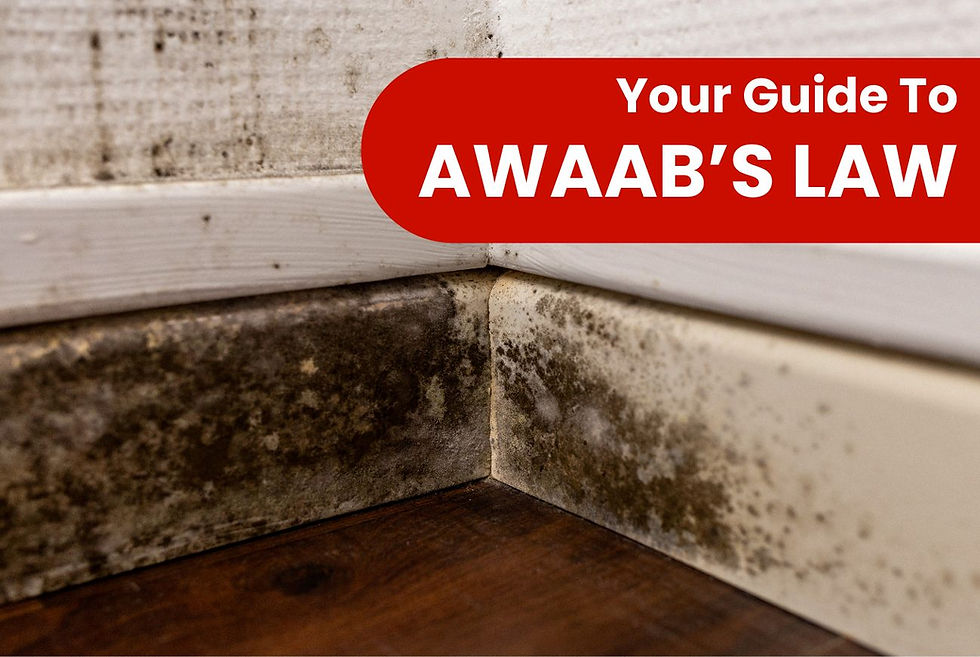

Comments